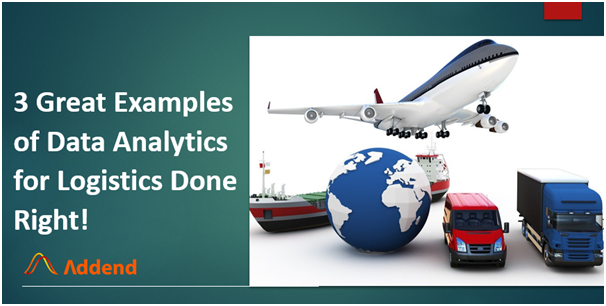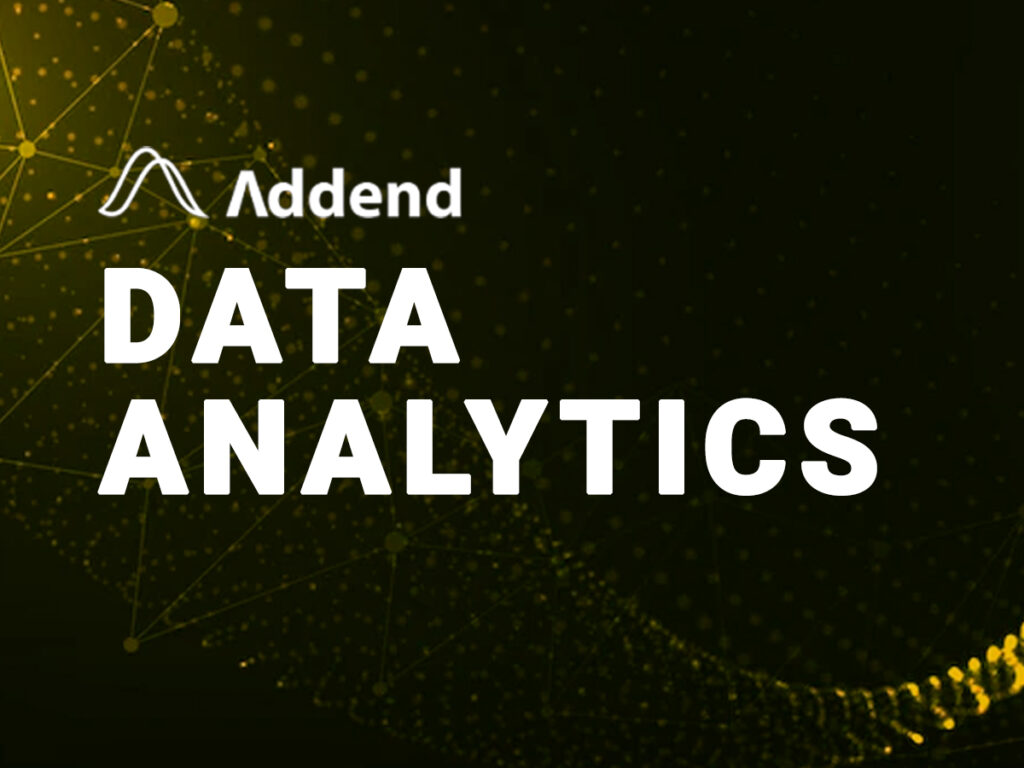
When we use the term “Data Analytics,” we’re referring to the analysis of large amounts of data. The term “data” refers to large amounts of information gathered from various sources, while “analytics” refers to the use of powerful tools to extract useful information from the information gathered. The supply chain and logistics industry has been a major user of data analytics. Until recently, the industry relied on antiquated machines, equipment, and processes. This not only hampered productivity, but it also contributed to the company’s decline.
Digital transformation was a silver lining in this situation. The supply chain and logistics industry has seen a massive shift in growth over the last few years. The impact of data analytics has been significant in this. Let’s take a look at three examples of how Data Analytics can be used correctly in logistics.
Supply Chain Visibility
Data analytics is one such technology that aids in the real-time tracking of products and machinery. One can manage and monitor vehicles and keep track of shipments from the manufacturing phase to the last mile distribution of goods. Continuous device monitoring results in improved delivery and shipment status. This increases supply chain efficiency and creates an environment in which leaders and stakeholders can gather supply chain information more efficiently and quickly. The supply chain management solution, which included a mobile app, enabled fleet managers and drivers to communicate effectively.
Predictive Analytics
One of the major implications of data analytics in logistics is predicted to be predictive analysis. Companies can now study and analyse machine behaviour patterns, which allows them to detect anomalies. Organizations have control over the behavioural changes that prevent machines from working properly. This means that businesses can use predictive analysis to better detect and respond to events such as weather changes.
How Arla Foods enabled big data and self-service analytics with Power BI
In addition, predictive analytics is critical for maintaining a demand-supply balance. Shippers can effectively generate reports on consumption and forecast demand using historical data and existing models. This helps to speed up delivery and cut down on waste. Read about how a leading Logistics solutions provider uses vehicle diagnostic data for vehicle tracking and preventive maintenance as an example. Their Azure-based IoT fleet management solution manages over 5000 vehicles and boosts overall fleet efficiency.
Route Optimization
Route optimization is the process of determining the most efficient route from point a to point b. This reduces the time it takes to deliver a package while also increasing the system’s efficiency. The same can be said for logistics route optimization. Gathering information from a variety of sources resulted in a large amount of data. Everything from GPS to weather, fleet information, and delivery schedules goes into the system, which is then used to predict the best delivery route. Read about how a leading food service company uses a Microsoft Power BI-based Business Intelligence solution to unlock actionable insights. The solution enables the company’s supply chain and operations team to efficiently track and manage food delivery operations. The interactive Power BI supply chain dashboards provide critical business insights on Temperature Threshold, Driver Performance, and Customer Behaviour, allowing the team to take more informed decisions.
The Final Word
It’s no surprise that the industry is expanding, and sooner or later, the entire segment will rely on data to carry out every business transaction. Then, not only the logistics industry, but most large service/product sector businesses will rely on their data analytics consulting team and choose to use data analytics to help them grow.



